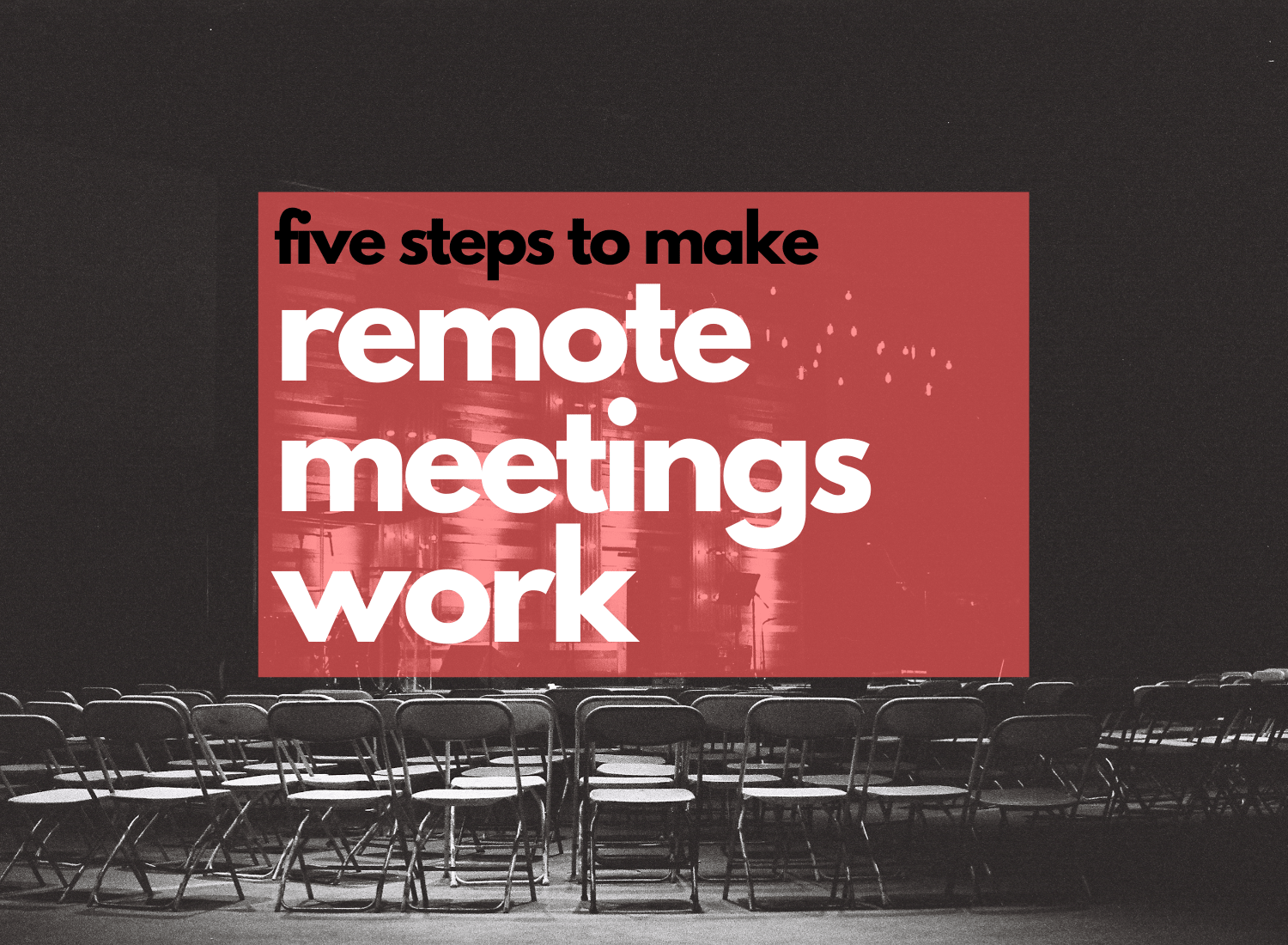What does it take to lead a startup through the uncertainty of a global health emergency?
In recent weeks, Dorm Room Fund has been working closely with our community as we all begin to navigate the volatility caused by COVID-19.
We urge everyone to put the health and safety of themselves, their teammates, and their families and their communities first, and to follow the prevention guidelines of the CDC, WHO, and ISOS. No meeting or business opportunity is worth endangering your health or that of others.
At the same time, every team has the ability to adapt, stay positive, and remain resilient in the face of external adversity. That’s why we’ll be sharing tips and best practices gathered from the DRF community and from our experience running teams across four cities that are designed to help founders keep their companies moving forward in the weeks to come.
5 Steps to Make Remote Meetings Work
The Dorm Room Fund team spends a lot of time on video calls. Whether it’s our 24/7 remote HQ team dialing in for their weekly powwow, or our investment teams conducting pitches with founders across the U.S.*, our crew knows a thing or two about running a kickass video call. Here’s some advice from our time on the old zoom line you can use to crush your remote meetings.
Step 1: Learn to Love Video
The first rule of remote meetings: never phone it in. Video conferencing on a platform like Zoom or Google Hangouts keeps your team present, engaged, and accountable. Request that each participant uses a functioning laptop camera and set their computer up to capture clear, stable video. Don’t be the one person who looks like they’re calling in from a grainy horror movie. We’ve been building video conferencing tech for years– now’s the time to use it.
Step 2: Location, Location, Location
Have you ever held a highly productive business meeting while riding the subway, going for a run, or in the bathroom? Good, neither have we! Make sure that each member of your team finds a quiet room, with good lighting and solid wi-fi (or wire in if you need to) that’s free from distractions. Ask each participant to turn off notifications at the beginning of the meeting, and stay off Slack, text, and social media during the call. All it takes is one distracting moment to break a group’s focus.
Step 3: Agendas Are For Sharing
Just because your meeting is remote, doesn’t mean that good meeting prep goes out the window. Share a clear meeting agenda along with a single Zoom or Hangouts link well before the meeting is scheduled to start. Adding the agenda to the details of the calendar invite is also a good idea. Preview the agenda at the start of your meeting and delegate one participant to keep the group on track. Poorly run meetings that blow past hard stops are bad in person and become 10x worse for a remote team.
Step 4: Be Present
There’s nothing that kills a meeting faster than that moment 5 minutes in when you realize everyone’s attention is on Slack, email, texts, and push notifications about the Kardashians that still somehow come through. It seems easy, but meeting participants take their cues from each other. If you’re distracted, so is your team and you might as well give everyone their time back. Keep your meetings short and challenge everyone on the call to stay present and hold each other accountable when attention starts to wander.
Step 5: Always Follow Up
The second your meeting ends is when execution begins. Groups who don’t see each other around the office are more likely to forget or deprioritize action items discussed. Send out a meeting summary immediately after your call ends with action items tagged for each participant. In an all-remote world, upfront investments in close coordination and project management yield real results down the line.
Real remote productivity is a skill just like any other: the more your team does the easier it will get. As global challenges test your team’s ability to work together through uncertain situations, the time to practice is now.
* No need to go to school in Boston, NYC, SF or Philly to apply to DRF — we accept applications from student founders building their businesses across the country! Apply today!
—
Get more Dorm Room Fund news and updates on Twitter and learn more on our website. Want more DRF content? Subscribe to our newsletter and podcast. Ready to take your startup to the next level? Apply here to be considered for an investment from Dorm Room Fund. Until next time! 🚀
